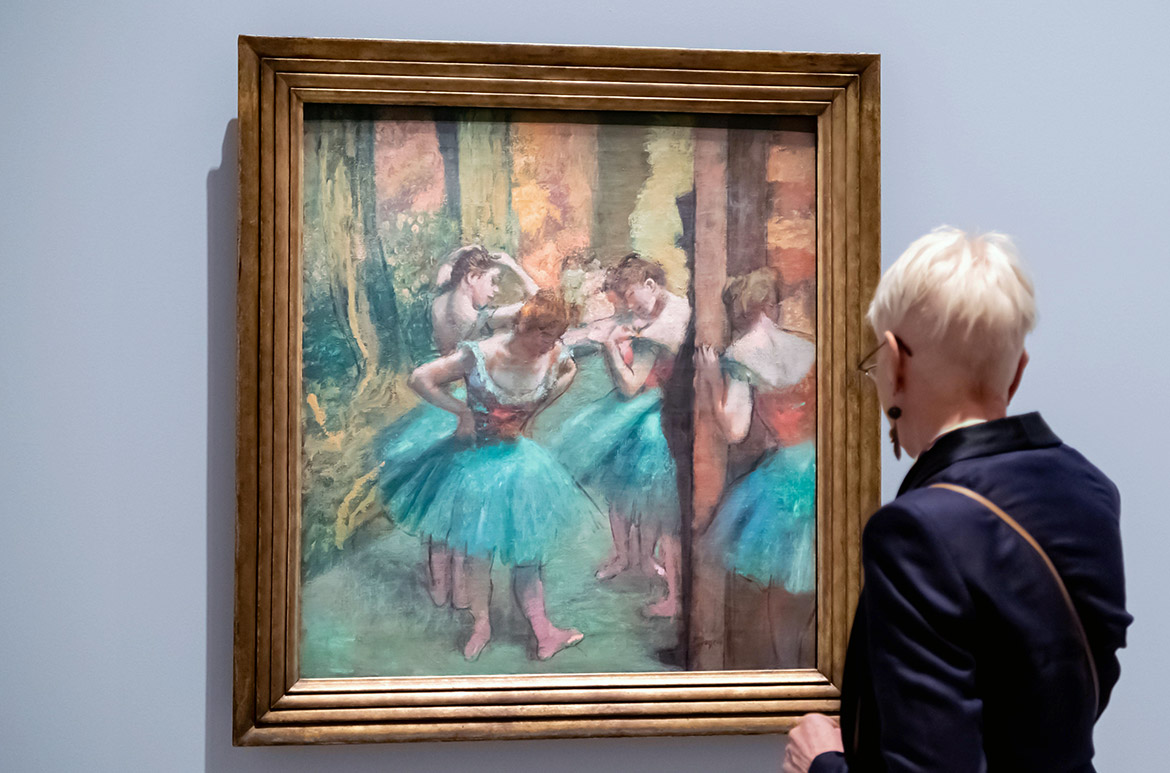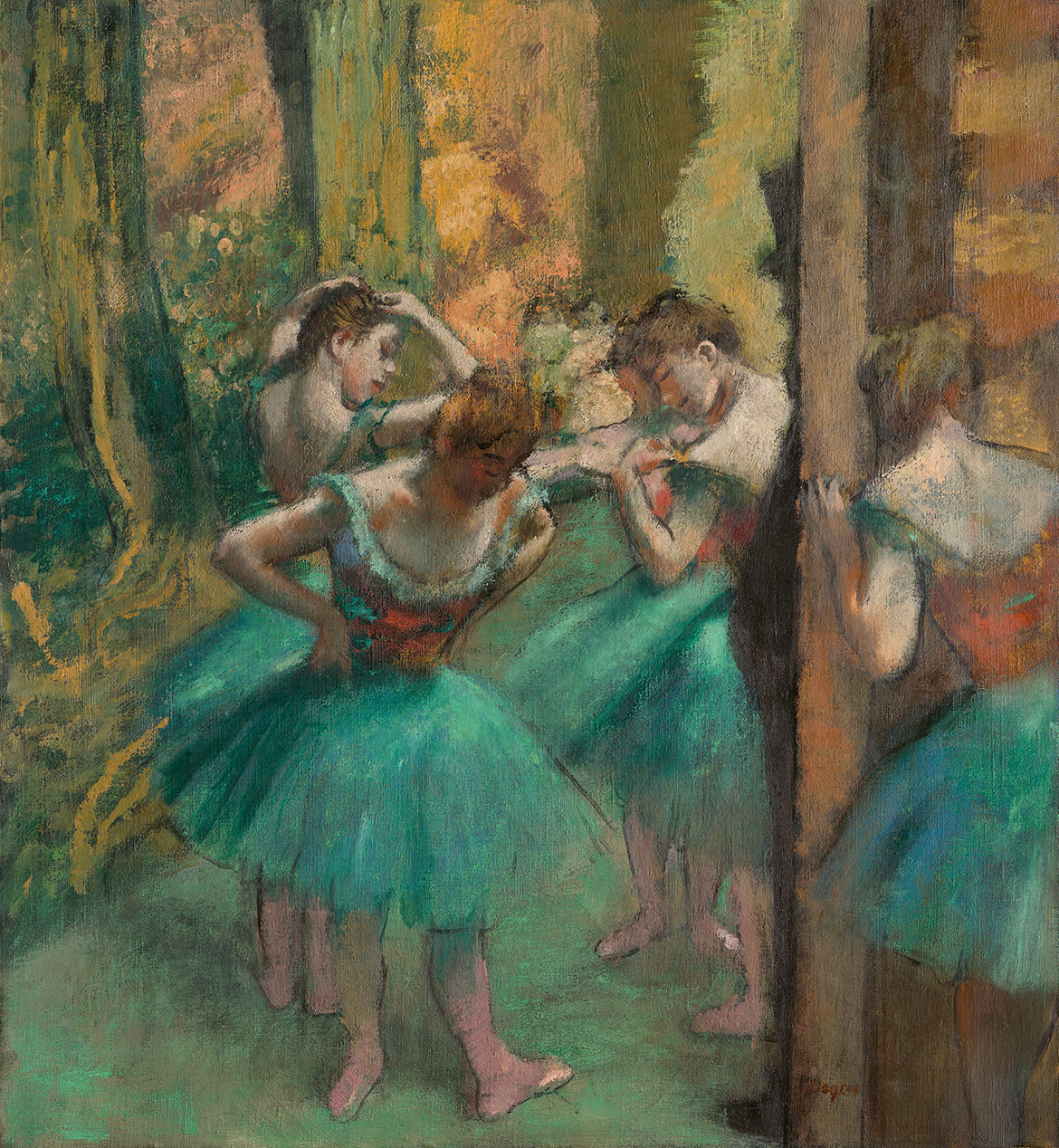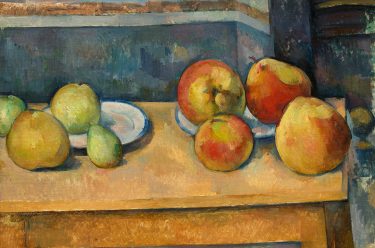Amid the newly established boulevards of 1870s Paris, a radical mode of painting emerged. In 1874, Claude Monet exhibited Impression, Sunrise, and the term ‘Impressionist’ was quickly adopted to describe the broad and direct approach of the artist and his contemporaries, including Edgar Degas.

Edgar Degas
Like many avant-garde artists of his day, Edgar Degas looked to the leisure activities of the bourgeoisie, or middle class, for subjects to paint, often favouring indoor scenes rather than en plein air landscapes associated with his Impressionist contemporaries. Theatres, cafes, boudoirs, the opera and horse races, as well as the working lives of young women ― from laundresses and milliners to singers and ballerinas ― provided him with inspiration.
Degas was obsessed with drawing dancers of the Paris Opéra, he produced numerous works of ballerinas in rehearsal rooms, preparing to dance or performing. What fascinated Degas was exploring the human figure in movement and the lovely soft hues of the dancers’ costumes.
Edgar Degas ‘Dancers, Pink and Green’ c.1890
In Dancers, Pink and Green 1890 (The Metropolitan Museum of Art, New York), Edgar Degas captures the unguarded moments as the dancers wait in the wings to enter the main stage area, adjusting their shoulder straps and fixing their hair, watched over by a shadowy top-hatted black figure of a wealthy patron of the Opéra who enjoys the privilege of mingling socially with the dancers during a performance.
The heavily impastoed surface suggests that the artist worked directly and extensively on this picture, building up passages of oil paint with brushes and his fingers. By mixing his colours with white to make them opaque, and by applying his pigments thickly and in several layers, he approximated the pastel technique that he had perfected in the 1880s.
Degas has captured this scene from an unusual vantage point slightly above the dancers, probably sitting halfway up a set of stairs with his sketchbook. The painting is cropped at the edge, a technique he learned from Japanese art and the development of photography.

Edgar Degas ‘Three dancers at a dance class’ c.1888-90
Three dancers at a dance class c.1888-90 depicts young ballerinas captured in casual off-stage poses. The painting’s unusual diagonal composition was influenced by the artist’s interest in Japanese woodcut prints, popular in Paris at the time.
The bench in the painting is part of an overall scheme allowing Degas to investigate a variety of poses, a seated figure, a figure supporting a raised foot tying her pointe shoes while in conversation, and a figure standing nearby ready to dance. Ballet classes provided ample opportunity for Degas to study the human body — from intense activity to periods of rest.
This is a late oil painting by the artist, dating from a time when pastel was, in fact, his preferred medium. Degas was also a keen amateur photographer and many of his seemingly instantaneous compositions were formed by his view through the camera lens.

Featured image: Edgar Degas Trois danseuses a la classe de danse (Three dancers at a dance class) c.1888-90
#QAGOMA


